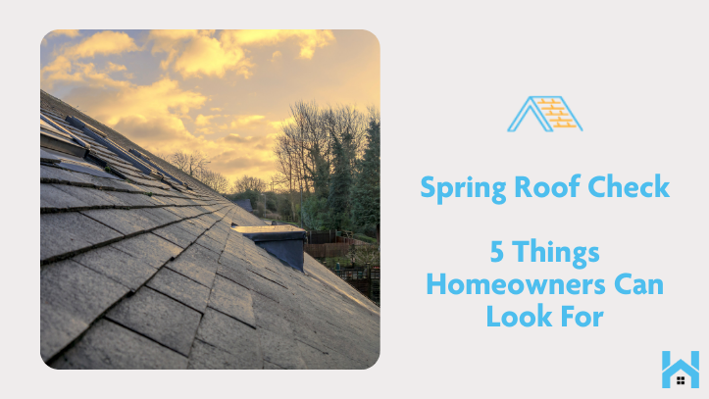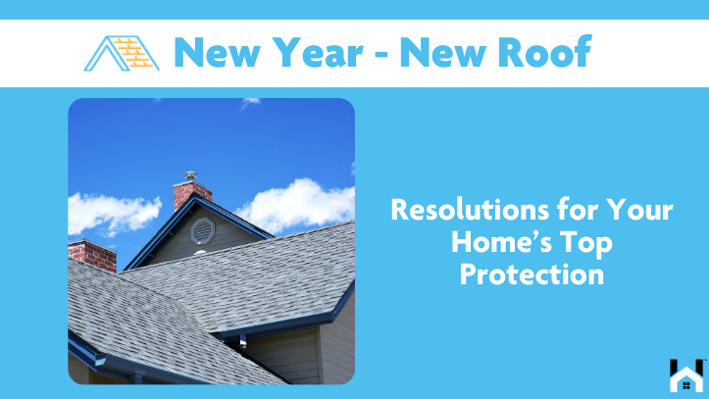Your roof is your home's first line of defense against the elements. A failing roof can lead to leaks, water damage, and more costly problems down the line. But how do you know when it's time to bite the bullet and invest in a new one? Here's your go-to guide for spotting the top signs you need a roof replacement:
1. Age is More Than a Number
Most roofs have a lifespan of 20-25 years, though this depends on the material. If yours is approaching its golden years (or is well past them), it's worth getting a professional inspection. Even if it looks okay on the surface, age makes your roof more susceptible to leaks and damage.
2. Shingles Telling Tales
Take a closer look at your shingles:
- Curling or Buckling: Warped shingles are often a sign of trapped moisture or heat damage.
- Cracked or Missing: A few missing shingles might be fixable, but extensive damage means a replacement might be more cost-effective long-term.
- Bald Patches: Those tiny granules on asphalt shingles aren't just for looks. If you see areas where granules are missing, your roof's UV protection is compromised.
3. Sunlight in Strange Places
Head up to your attic on a sunny day. Do you see beams of light poking through gaps? This indicates holes or weaknesses in your roof’s structure. Don't wait for water stains to appear on your ceiling – those light beams mean trouble.
4. Gutter Granularity
Notice a lot of shingle granules clogging your gutters? It's a sign your roof is shedding material and wearing down. While not a guarantee of immediate failure, it's definitely a red flag to pay attention to, especially on older roofs.
5. Sagging or Drooping
Does your roofline look uneven, wavy, or saggy? This could be a major issue with the roof's structural integrity. While it may be repairable in some cases, a pronounced sag can indicate the need for a complete replacement.
A Few More Things to Look Out For:
- Frequent Repairs: Are you patching things up year after year? Constant repairs can add up, and might mean a replacement is the smarter long-term investment.
- Rising Energy Bills: A compromised roof can make your home less energy-efficient, leading to higher bills.
- Dark Streaks or Moss Growth: These often indicate moisture retention and potential long-term decay.
Is a New Roof Really the Answer?
Sometimes repairs are enough, especially if the damage is isolated. Some of these signs might be okay on roofs far younger than their expected lifespan.
Additional Tips:
- If multiple homes in your neighborhood are getting new roofs, it might be a sign the original roofs in the area are collectively reaching their age limit. It's worth an inspection!
- Keep good records of when your roof was installed and any repairs done. This helps you track its lifespan and is valuable information for potential buyers if you ever sell.
Important Note: Safety comes first! Close-up roof inspections are best done by professionals. Trying to do it yourself can be dangerous.
When in Doubt, Get a Pro Involved!
A qualified roofer can give you a full assessment and help determine if a repair is sufficient or a full replacement is a better call. If you're seeing the signs above, don't hesitate to get some expert opinions. It might just save you major headaches down the road.




